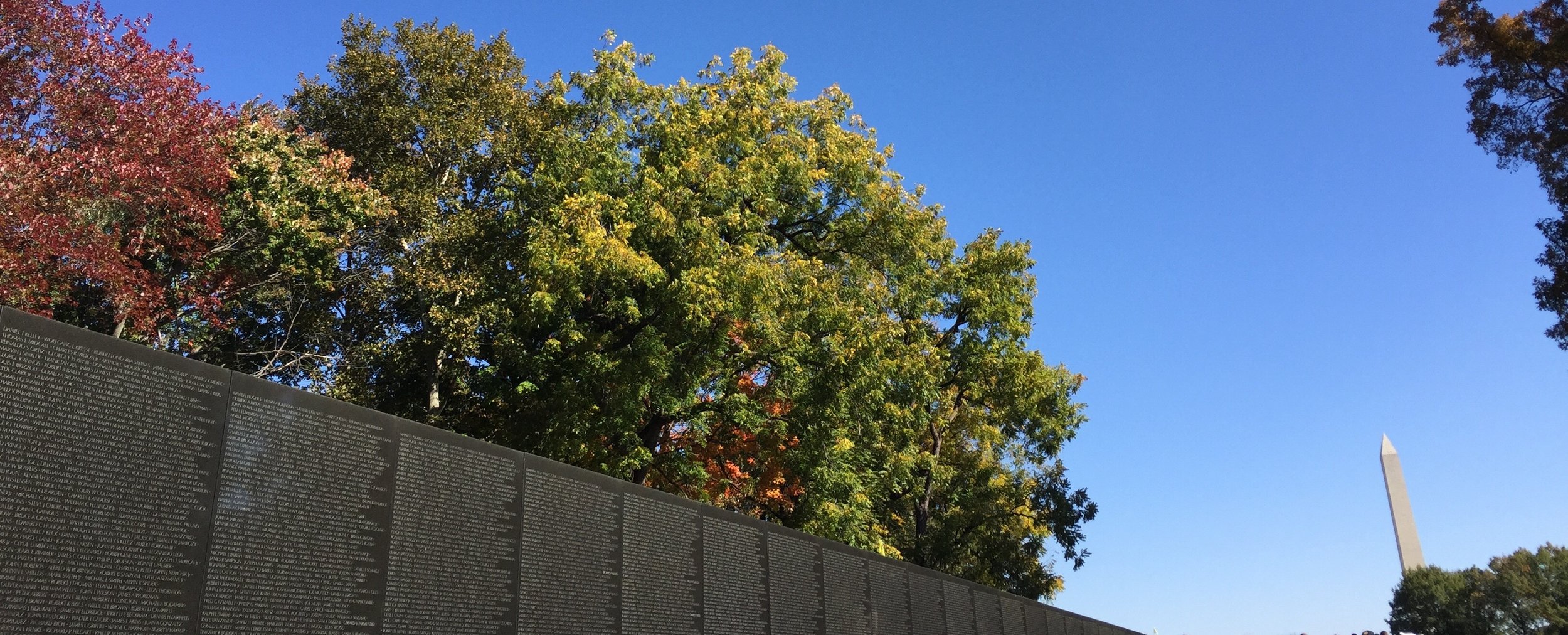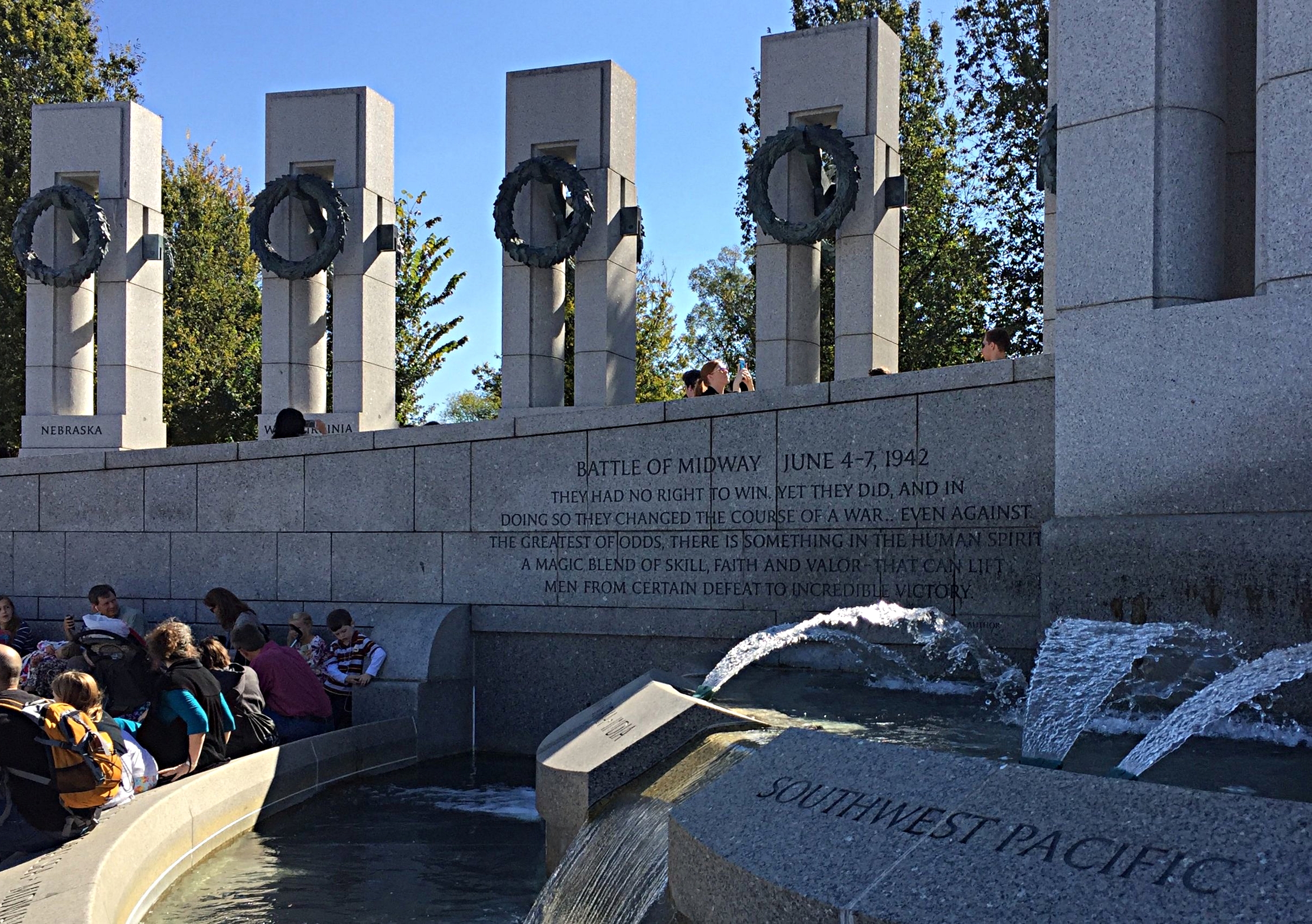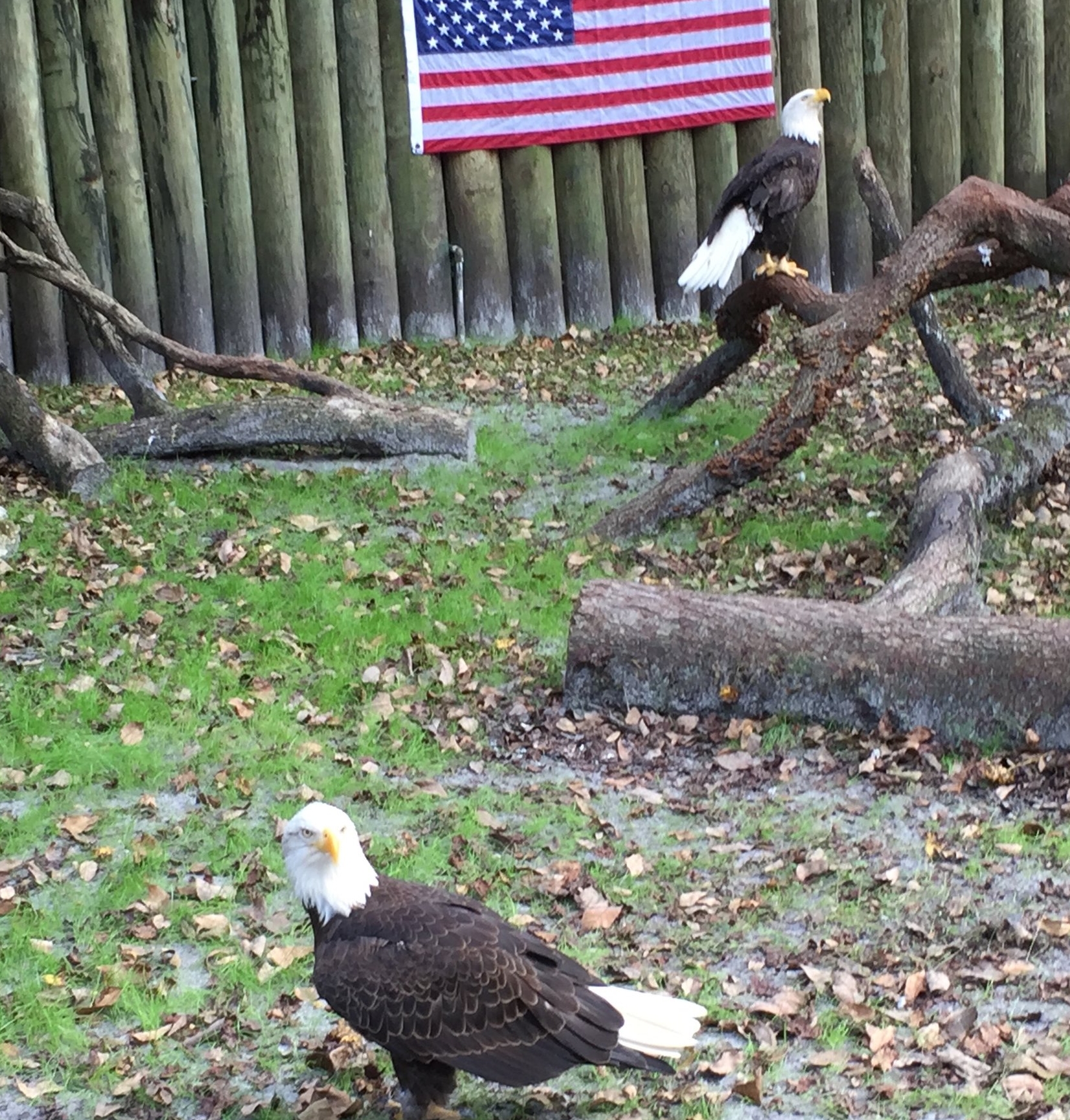From Wikipedia's page on battlefield medicine. Illustration from 1517 by Hans Wechtlin. Lots o' weapons in this guy.
Over 10 years ago I was presenting training at a law enforcement conference and observed part of a TEMS (Tactical Emergency Medical Services) class. Since that time I’ve wanted to take a class that combined being armed with life saving skills. (It seems like a no-brainer.) In the many years since, horrible events involving mass casualties have become an all too common occurrence and has heightened my desire to learn some basic skills in case I end up somewhere when really bad things happen.
Two years ago, the spirit moved me to act on my desire to become proficient in the use of a pistol and at least somewhat functional with a rifle. My interest was driven in part because it is fun, in part because I wasn’t very good at it, and in part because I train people who are armed for work. I wanted to have a better understanding of what carrying that equipment involved so that I could be a better trainer. Since the timing was right, I loaded up my car, and off I went to learn the way of the gun. What an experience! I got to learn from amazing trainers who put their all into training me.
As a result of the opportunities I’ve had to meet and train with instructors in the law enforcement, military and security fields, I occasionally get to trade training for teaching. One of these opportunities landed me at Don Gulla’s Arrestling group’s annual Officer Safety Conference in Richland, Washington.
The training was amazing: there was training with SIRT pistols, real pistols and rifles, firearms proficiency and retention, force on force, simunition and a medical/tourniquet section. Finally! I got to learn a little bit of this type of first aid. What I learned: a) wow - tourniquets hurt! b) its probably the easiest and most important piece of equipment one can carry. When I got home, I promptly bought a few tourniquets and a training tourniquet. One went in my car, one in the range bag and one in my purse. Part of my interest was for the people around me to know it for themselves and, to be completely honest, for me, if the need arose. The Minnesota Kali Group got to ‘benefit’ from my new interest as I made everyone who was with in arms reach for more than 10 minutes learn how to put it on, practice with the trainer and let me practice on them.
“When it comes to self defense, it is better to have the power and not need it than to need it and not have it.”
I got to go to that same conference the next year and learn the tourniquet material again. The students, instructors and staff of the Mn Kali Group got harassed by me again to let me practice on them. About a year after this second class, I was asked to fill in the extra space in a pistol training for executive protection specialists. It was a great class except that at the end of the class, one of my fellow students shot himself in the leg. He was fine, a bit embarrassed, but fine. Needless to say, I replaced my tourniquet that I left at the range that day with a quickness. (No, I did not put it on him. I just got it to the person who did.) I was very glad his injury was minor and that I had the equipment, the training and knew exactly where in my range bag I kept it. I was especially excited that I didn’t cry, puke or otherwise shut down.
Some of the supplies for the December 3 class have arrived!
Since the tourniquet only addresses one of the top 3 causes of preventable combat deaths, I really want to learn the rest of the skills. With each new horrible mass casualty event, I feel the urge to learn more ‘just in case’. If I could help save someone’s life because of a little knowledge, it would be so much better than not knowing what to do. As I’ve looked around, crisis or tactical medical skills classes are generally only available to military, law enforcement, emergency responders, security and, you guessed it, to preppers.* I haven’t been able to find any for ‘regular’ people. Case in point, I was not able to find a photo for the flier that didn't have men and women in either military, law enforcement or CERT (Civilian Emergency Response Team) uniforms, hence the cartoon from the Red Cross’s site.
Luckily, I have recently been able to ‘persuade’ one of my badass friends transitioning out of the military to teach the curriculum. Since he has used the skills during his many deployments and has taught it to many hundred ROTC cadets, he’s got both the skills and the ability to teach them. Seems like another no-brainer to me.
My friends come from both camps: people who carry a pistol regularly and those who think that firearms come directly from Satan. I’d still like them (and me) to know how to prevent the preventable deaths. While I am sure some of my non martial arts friends think I have slipped to the dark side of doomsday prepping and conspiracy theories, I still want them to know how to care for themselves, their families and others if the situation calls for it. Also, I am really excited to take the class. (Shameless plug: If you are interested in attending, here’s the link: http://www.rathbornetraining.com/new-events/2017/11/14/crisis-tactical-medical-workshop.)
Join us for a 3 hour workshop to learn these skills. Location: Bills Gun Shop in Robbinsdale. To reserve a space, contact Diana or follow the link to the Event page and reserve online!
- No offense meant to the preppers. (Some of my best friends really are preppers.) But I'm worried that my camouflage wardrobe is lacking and, to be completely honest, I’m a bit scared of you all.











